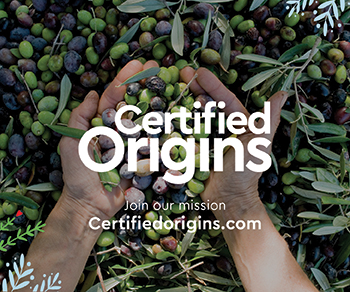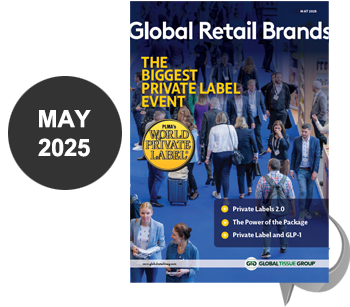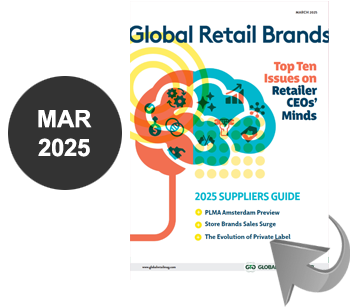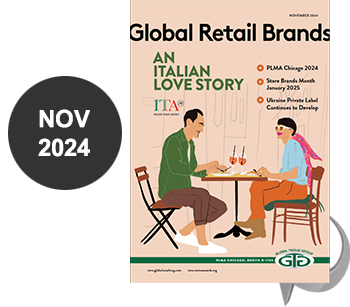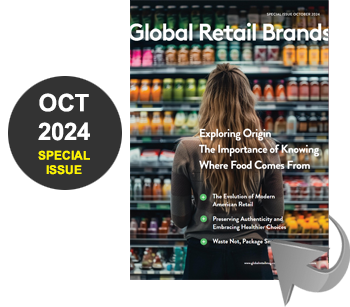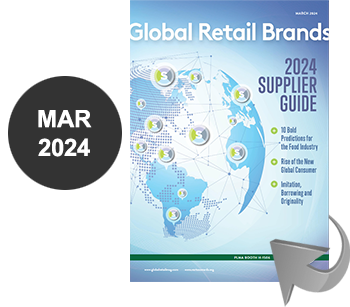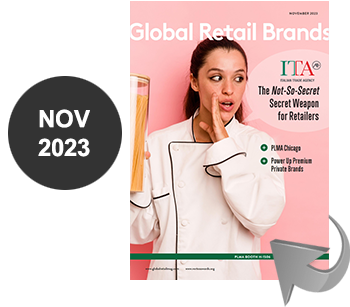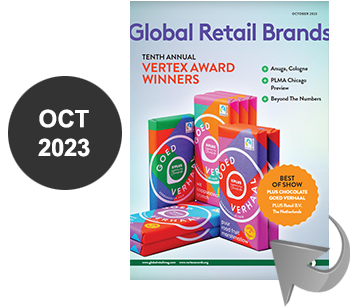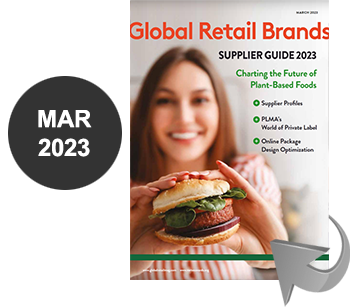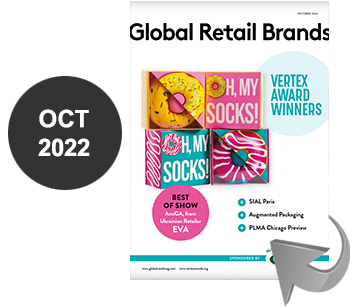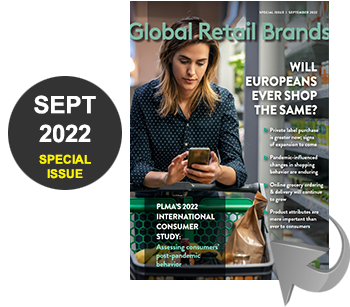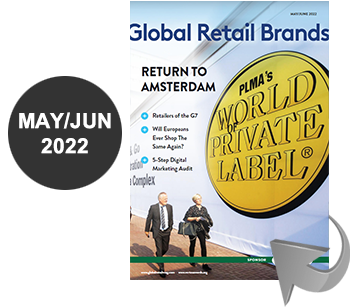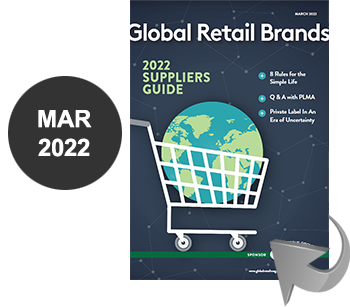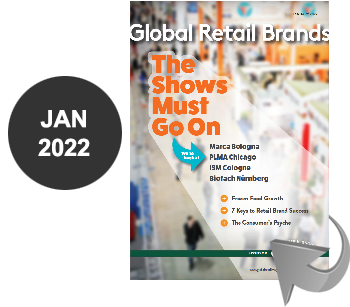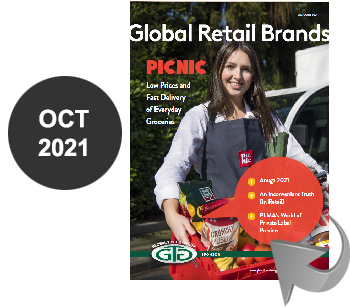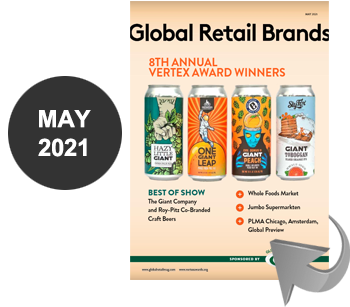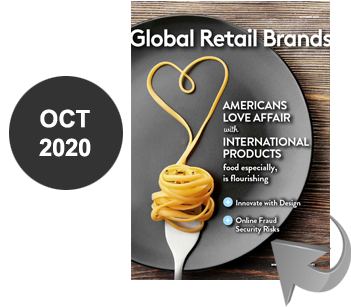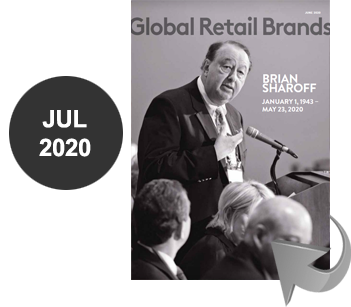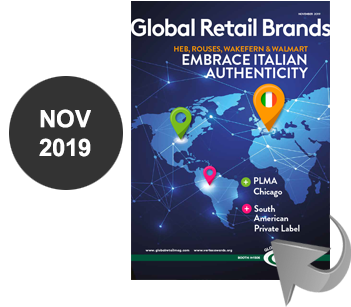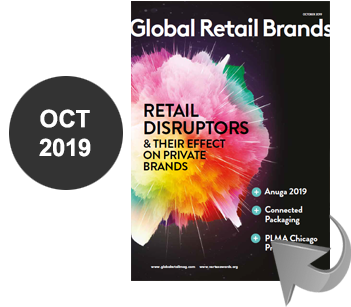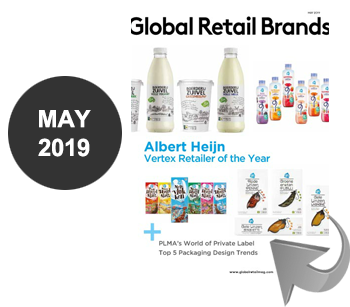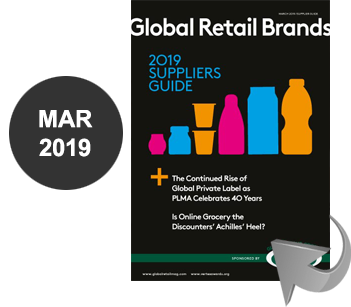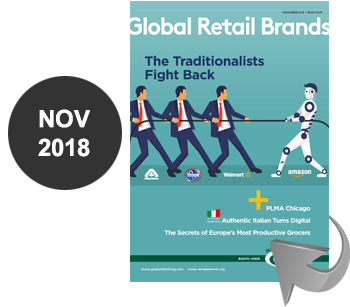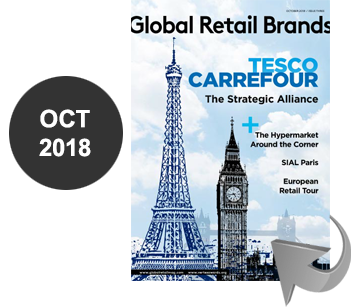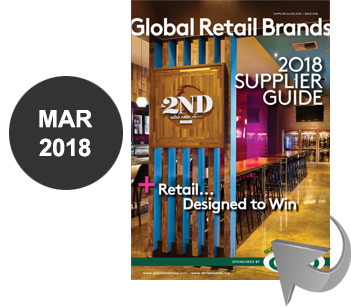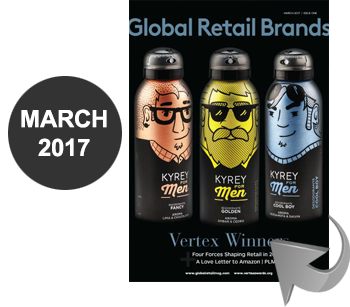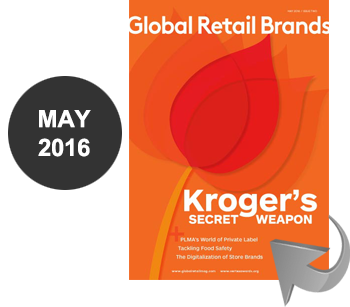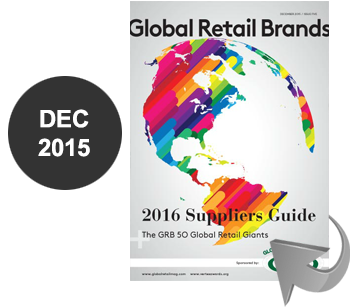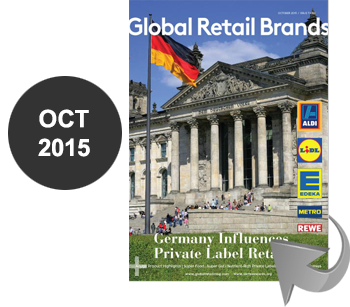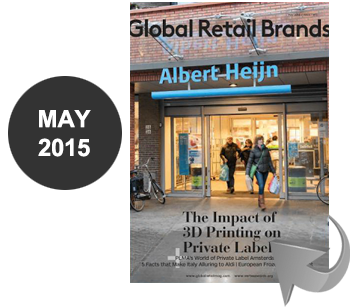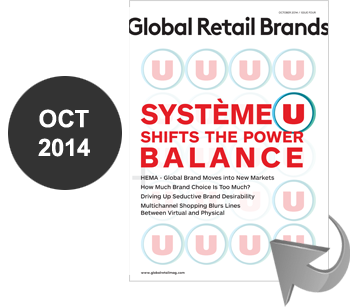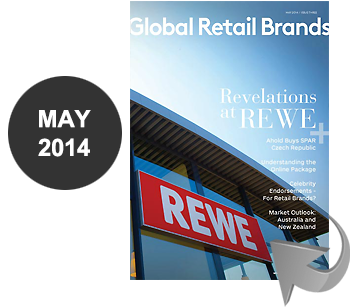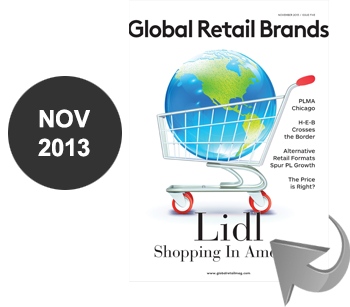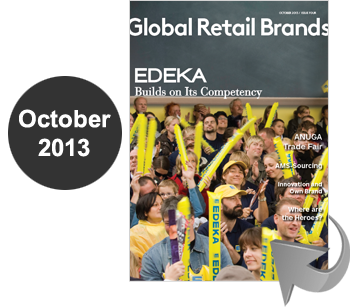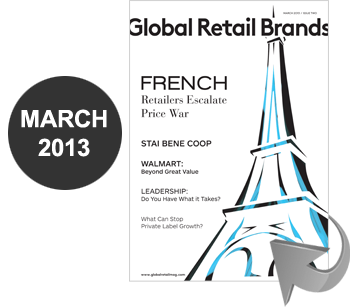
By / Teresa Liu, Senior Strategist, Anthem
Private label brands today have come a long way. What was once primarily a “follower” dynamic of mimicking national brand products has evolved to retailers creating brands with unique and distinct benefits to match their consumers’ needs. Retailers today are sourcing, and in some cases manufacturing, high quality and innovative products that are often superior to CPG brands. But with this growth and consumer acceptance of more sophisticated offers, many retailers are confronted with increasingly complex brand decisions that once belonged solely to CPG marketers.
Companies today need to consider where they should strategically invest in building meaningful brand propositions versus where it makes sense to offer just a simple, value alternative solution. They need to determine the optimal number of brands required to deliver variety while eliminating overlap, all the while assessing where the gaps or new brand opportunities might be.
 A portfolio optimization process addresses all of these challenges and is a smart solution for retailers who are faced with these growing portfolio complexities. A typical optimization process includes a rationalization analysis to remove brand and product redundancies, along with white space analysis to identify where there may be compelling opportunities to address unmet needs. This is where conducting research to understand consumers’ need states is invaluable. Through isolating distinct consumer need states within the context of their store, retailers can develop brand propositions that better serve their customers.
A portfolio optimization process addresses all of these challenges and is a smart solution for retailers who are faced with these growing portfolio complexities. A typical optimization process includes a rationalization analysis to remove brand and product redundancies, along with white space analysis to identify where there may be compelling opportunities to address unmet needs. This is where conducting research to understand consumers’ need states is invaluable. Through isolating distinct consumer need states within the context of their store, retailers can develop brand propositions that better serve their customers.
The defining of existing brand roles is also a vital step to assure proper ongoing governance and resource management. In a healthy brand portfolio, each brand should have a distinct role—whether it’s to build equity, garner excitement, or deliver a specific consumer proposition. Inherent in these roles is assessing their propensity and permission to stretch across product categories. This allows retailers to create lifestyle brands that traverse traditional category boundaries without stretching so far as to lose meaning and credibility. Companies that do not have clear brand roles identified often fall victim to illogical proliferation, or missed opportunities.
![]() Grocery retailer Safeway has done a noteworthy job of employing portfolio optimization to define each of their brands and aligning them to specific consumer needs. Earlier this year the company launched a collection of Mexican food products in a branded collaboration with celebrity chef Marcela Valladolid. The brand illustrates an attempt to better serve the needs of an important customer demographic for the company. Safeway is also known to offer several multi-category brands developed to address distinct health and wellness needs, including Open Nature, Eating Right, and O Organics.
Grocery retailer Safeway has done a noteworthy job of employing portfolio optimization to define each of their brands and aligning them to specific consumer needs. Earlier this year the company launched a collection of Mexican food products in a branded collaboration with celebrity chef Marcela Valladolid. The brand illustrates an attempt to better serve the needs of an important customer demographic for the company. Safeway is also known to offer several multi-category brands developed to address distinct health and wellness needs, including Open Nature, Eating Right, and O Organics.
Most importantly, the portfolio optimization process links the brand portfolio with the company’s corporate positioning, aligning brands to express and support the organization’s broader objectives. This is a critical component to the process, as a retailer’s brands are important assets that help drive customer loyalty and reinforce the retailer’s desired image in the marketplace.
An organization that has recently demonstrated this thinking is Walgreens—a pharmacy retailer whose core equity is not surprisingly health and wellness. Until recently, Walgreens employed a basic value alternative strategy with their private brands, most notably with their Walgreens brand, or abbreviated “W,” spanning thousands of items from healthcare to personal care to baby care products. With a new strategy in place, the company removed their Walgreens name off personal care and beauty items, replacing those with new brand, Studio 35. They then proceeded to revamp their healthcare products under the new name of Well at Walgreens. By removing the Walgreens name off of non-health products, the company was able to build stronger associations to wellness through connecting only their healthcare products with their banner brand.
Today, retailers are in a position to build stronger brands than ever, but they need to do it mindfully and strategically—or risk the common pitfalls of becoming over-proliferated or irrelevant to consumers beyond a mere price advantage. While the practice of portfolio optimization should be a fluid, continually evolving process, retailers should make a concerted effort to take a look at it every 3–4 years. This helps ensure it’s up to date with today’s consumers’ quickly evolving needs, offering relevant brand and product propositions to meet them.
Teresa Liu is a Senior Brand Strategist at Anthem, a global creative agency that actively connects brands with people by amplifying desirability—creating an insatiable thirst for brands from package design to brand campaign to drive brand performance. www.anthemww.com, Teresa.Liu@anthemww.com.

